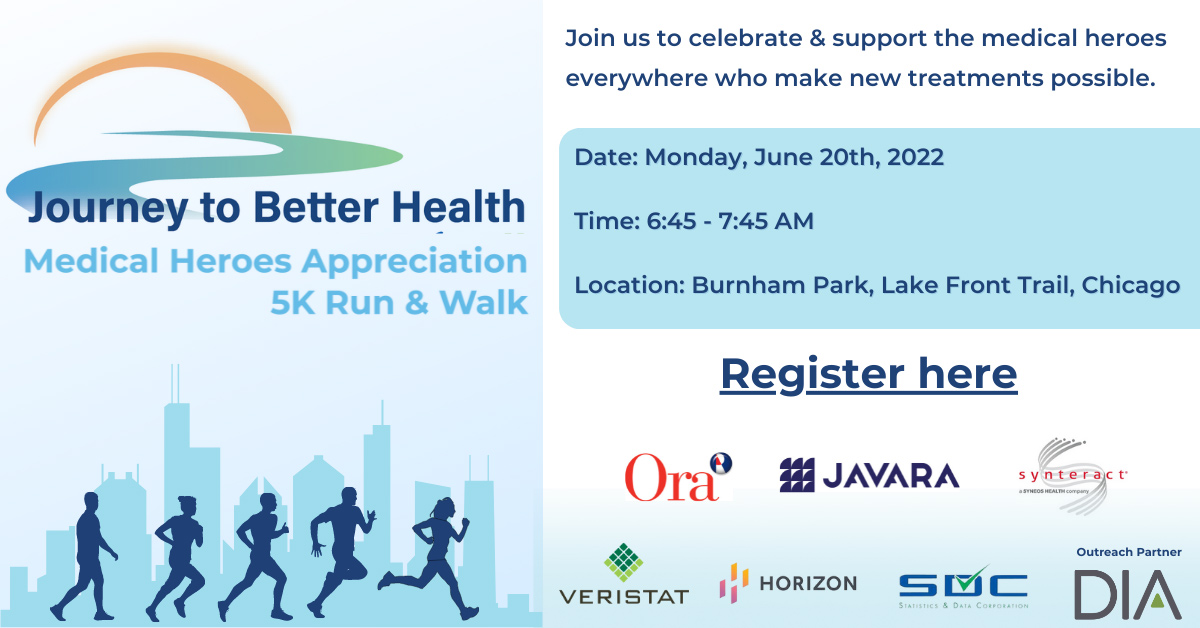Table of Contents
EXECUTIVE LEADERSHIP
Subscribe
Love Global Forum’s new online format? Subscribe today and never miss an issue.
Editorial Board
Content stream editors
Gary Kelloff US National Institutes of Health
regulatory science
Isaac Rodriguez-Chavez ICON plc
Patient engagement
Trishna Bharadia Patient Advocate and Media Contributor
Mary Stober Murray National Minority Quality Forum
Editorial Staff
Sandra Blumenrath, Managing Editor, Scientific Publications DIA Scientific Communications
Chris M. Slawecki, Senior Digital Copyeditor DIA Scientific Communications
Regional Editors
David Mukanga Bill and Melinda Gates Foundation
ASEAN
Jin Shun Sandoz
AUSTRALIA/NEW ZEALAND
Richard Day University of New South Wales, Medicine, St. Vincent’s Hospital
CHINA
Ling Su Shenyang Pharmaceutical University, Lilly Asia Ventures
Europe
Julie O’Brien Pfizer
INDIA
J. Vijay Venkatraman Oviya MedSafe
JAPAN
Ozawa Goshi Real Discovery Outdoors Co,. Ltd.
LATIN AMERICA
Cammilla Gomes Roche
USA
Ebony Dashiell-Aje BioMarin
Young Professionals Editor
DIA Membership
Bringing together stakeholders for the betterment of global health care.
@UMRogelCancer
ext-generation sequencing (NGS) is routinely used in the clinical care of patients with advanced, metastatic cancer to identify potential therapeutic targets. In some disease settings, NGS has been incorporated into standard-of-care practice to identify a biomarker predictive of benefit from an FDA-approved therapy. In other settings, it is used to identify genomic alterations that may allow for use of a targeted therapy within the context of a clinical trial or off-label. In addition, NGS may also identify inherited cancer predisposition in approximately 15% of patients. Identification of inherited factors that may have contributed to cancer development has important implications for both the patient and family members. Here we explore the evidence that supports use of NGS in all patients with metastatic cancer, as well as the factors that should be considered with regards to timing and type of NGS testing utilized.
Decentralized Trials & Research Alliance, Research Curriculum
Initiative 3C
uring the early months of the coronavirus pandemic, drug development was accelerated in response to the sudden increase in morbidity and mortality. However, as Emergency Use Authorizations (EUA) were issued but later revoked (e.g., hydroxychloroquine and chloroquine), public confusion grew about which therapies were effective and safe. By summer 2020, clinical research methods were under a global spotlight and trust in science has been on trial ever since.
Without the knowledge of demographic variations (e.g., between men and women, different age groups) derived from a rigorous clinical investigation, the optimal use of medicines remains unknown and is based on a limited participant pool. For future therapies to have broad generalizability, learning from the participant’s voice and experience (PVAE) in clinical research is an urgent necessity. This article highlights key strategies used in clinical research to capture the PVAE based on existing regulatory frameworks.
Patient Engagement and Multi-stakeholder Collaborations
World Alliance for Pituitary Organizations
ay language summaries—sisters to Plain Language Summaries—focus on summarizing clinical trial results in an understandable way to provide increased transparency to the patients and interested general public. The European Clinical Trial Regulation now requires sponsors to provide a lay summary of clinical trials in a set time period following the trial end. To support sponsors, a guidance cocreated and endorsed by the European Commission aims to help implement organizational capabilities to write and share lay summaries.
![]() Podcasts
Podcasts
White Paper
White Paper
- The challenges in traditional clinical trials
- Ways to transform patient journeys through digitization
- Effective patient engagement strategies.
n its Pharmaceutical Strategy, the European Commission intends to “future-proof” the EU medicines regulatory system. What does that mean for a system that has existed for more than two decades but has constantly evolved as science, technology, and societal expectations have changed? DIA Europe 2022 featured much discussion on what “future-proofing” looks like.
![]() Podcasts
Podcasts
Around the Globe
Novo Nordisk (China) Pharmaceuticals Co., Ltd.
he number of new drug approvals in China set a new record high in 2021. A total of 61 new drugs were approved by the National Medical Products Administration (NMPA), up from 46 in 2020. “New drug” is defined in this article as new chemical drugs or new biological products approved for the first time in China, excluding any new indications, new dosage forms, or new combination of approved drugs.
Around the Globe

ATRIS, the European Infrastructure for Translational Medicine, is an EU-funded program that facilitates scientific collaboration amongst public institutions from 14 member states.










